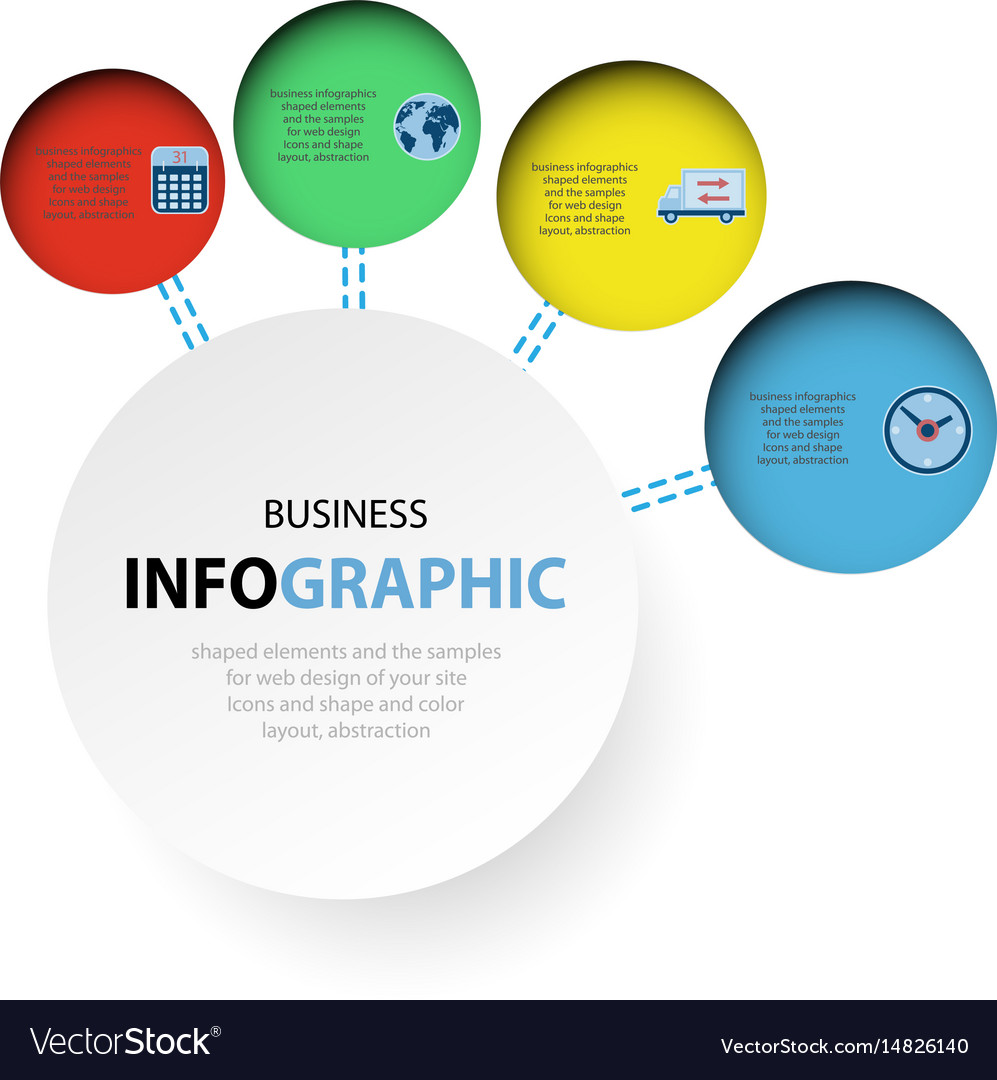In the past, websites were simple and concentrated on information. Navigation was straight, and layout was for desktops. Now, user experience is crucial. Data overviews layouts for easy navigating. Responsive formats match various gadgets. Today, dark setting decreases strain, and minimal menus improve navigation. Interactive functions engage customers, and vibrant visuals attract attention. AI assimilation boosts engagement. See exactly how layout has actually evolved to enhance your on-line trip.
Early Days of Web Design
In the early days of web design, simplicity preponderated. Websites were fundamental, with limited shades, typefaces, and designs. The emphasis got on providing info instead of showy visuals. https://waylonpjdys.blog-mall.com/30416667/enhancing-internet-site-efficiency-with-on-page-search-engine-optimization-proficiency accessed the net with sluggish dial-up links, so speed and performance were key.
Navigation food selections were straightforward, usually situated at the top or side of the web page. Web sites were designed for computer, as mobile surfing had not been yet prevalent. Content was king, and designers prioritized very easy readability over intricate layout elements.
HTML was the key coding language made use of, and designers had to work within its restraints. Computer animations and interactive functions were very little contrasted to today's criteria. Sites were static, with little vibrant content or tailored user experiences.
Surge of User-Focused Layout
With the evolution of site design, a shift towards user-focused design concepts has actually come to be progressively prominent. Today, developing sites that prioritize user experience is critical for engaging visitors and attaining organization objectives. User-focused layout includes recognizing the demands, preferences, and actions of your target audience to customize the internet site's layout, content, and features appropriately.
Designers currently conduct comprehensive research study, such as individual studies and usability testing, to gather insights and responses straight from customers. This data-driven method aids in creating instinctive navigating, clear calls-to-action, and visually appealing interfaces that resonate with site visitors. By placing the user at the facility of the design procedure, sites can supply a more individualized and enjoyable experience.
Receptive layout has also emerged as a vital aspect of user-focused style, making sure that sites are enhanced for different devices and display sizes. This adaptability enhances accessibility and functionality, satisfying the varied ways customers connect with sites today. In essence, the surge of user-focused design signifies a shift in the direction of creating electronic experiences that focus on the requirements and expectations of the end individual.
Modern Trends in Web Design
Check out the current trends forming website design today. One popular fad is dark setting style, offering a smooth and modern appearance while decreasing eye pressure in low-light atmospheres. Another crucial trend is minimalist navigating, simplifying menus and boosting user experience by focusing on essential elements. Integrating best local seo marketing company -interactions, such as computer animated buttons or scrolling results, can create a more engaging and interactive site. Receptive layout continues to be vital, making sure seamless individual experiences across various tools. In addition, utilizing bold typography and unbalanced formats can include aesthetic passion and accentuate details material.
Incorporating AI modern technology, like chatbots for consumer assistance or personalized suggestions, boosts customer interaction and improves processes. Access has additionally end up being a substantial pattern, with designers focusing on comprehensive design techniques to accommodate varied customer needs. Accepting sustainability by maximizing web site efficiency for rate and performance is one more emerging pattern in website design. Teaming up with individual feedback and data analytics to iterate and boost style constantly is essential for remaining appropriate in the ever-evolving electronic landscape. By welcoming these modern trends, you can develop an aesthetically attractive, easy to use website that reverberates with your audience.
Conclusion
As you reflect on the development of web site style from the very early days to now, you can see how user-focused layout has ended up being the driving pressure behind modern-day trends.
Embrace the journey of modification and adaptation in web design, constantly keeping the customer experience at the leading edge.
Keep current with the most recent fads and innovations, and never stop advancing your strategy to create visually stunning and user-friendly web sites.
Progress, adapt, and create - the future of website design remains in your hands.
